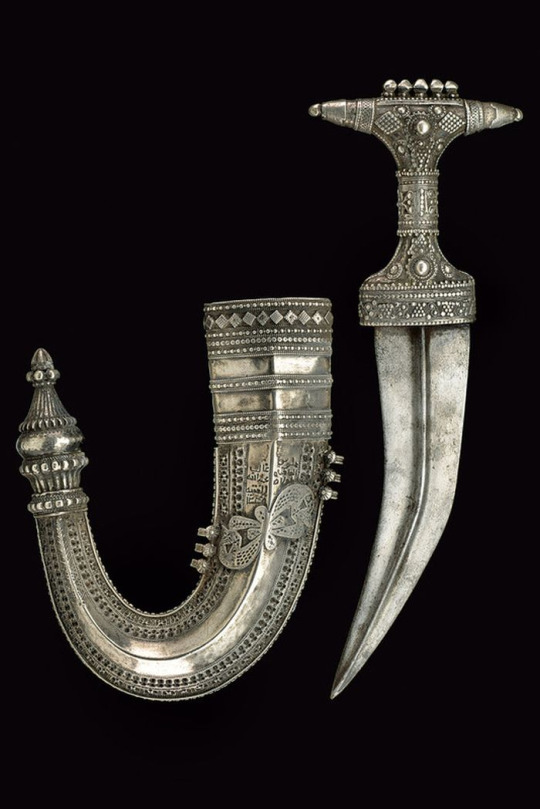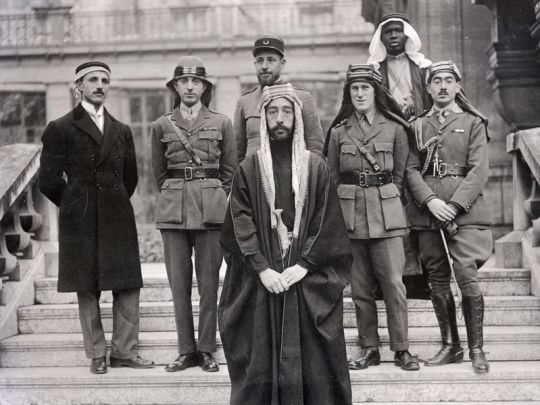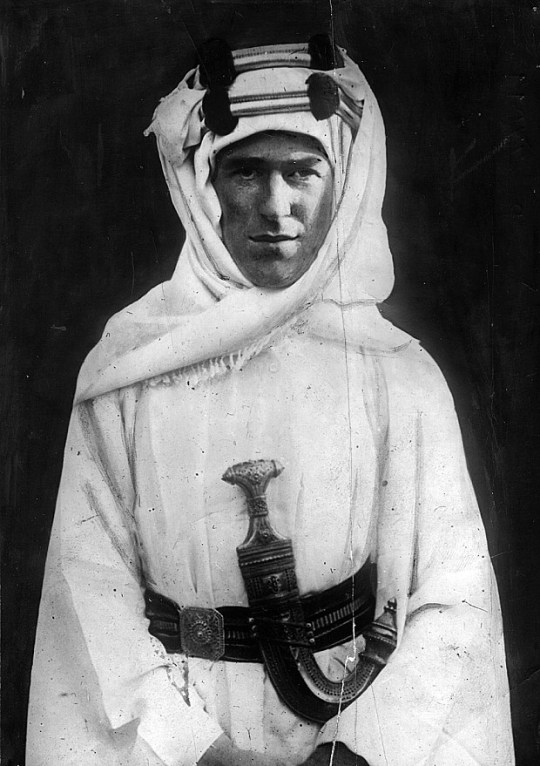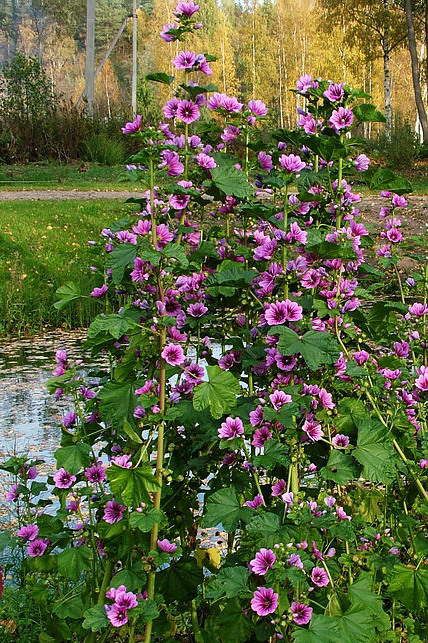I bought this phaelenopsis for I think ten dollars at Costco in February or March and the flowers lasted quite a while, but eventually they fell off. I never got around to cutting off the old flower stalk, since I didn't have scissors that could do the job, or pruner, and a while later I noticed that the plant was growing a new flower stalk partway up the old one. I didn't really think anything would come of it, but to my surprise it kept growing, and then developed buds, and another stalk branched off it. And now it's flowering again, and if the third stalk keeps growing, it will flower for many months. I've never seen a phaelenopsis do that before, or any orchid for that matter.
 |
| Phaelenopsis |
In our front yard, up near the road, there's a crabapple tree. I don't know how old it is, or how old crabapple trees live to be. It was here when my family moved in nearly fifty years ago, and the house is over a hundred years old. It could be quite old. It's a small tree, and it's easy to pick the apples, which are less than 3cm across when ripe. Every year, without fail, it's covered in apples. They're sour and hard and not good to eat, but they can well. We used to can crabapples, in jars full of red syrup that dyed the apples red over time, and spiced with whole cinnamon sticks. We've had canned crab apples for decades, but I no longer have the energy to can. The tree still stands though.
 |
| Crabapples |
My younger brother and cousin started vegetables in the greenhouse this year. The tomatoes are still inside, as you can't really grow them outside with much success here. The growing season is short and gets quite wet near the end, so the tomatoes get blight before they get ripe, and you can't even use the green ones if they're blighted. Before the greenhouse was built, we used to pick the tomatoes early while they were still green, and lay them carefully in dresser drawers lined with newspaper, and add an apple to each one, and pick them over every few days. They would ripen, mostly, but not as much as they would naturally under the sun, and they didn't taste nearly as good as sun-ripened tomatoes. Still, store-bought tomatoes are expensive and our family was large and not well-off.
The guys have around thirty tomatoes in the greenhouse in one-gallon pots. They're over two feet high now, and they don't have any tomatoes on them yet, but we're going to have more tomatoes than we'll know what to do with in a few months.
Below is a zucchini plant. There's about half a dozen of them, and they're planted in a bed outside right now. Six zucchini plants is a lot of zucchini plants, we're going to have more zucchini than we know what to do with too. I have no idea what we'll do with it all, probably give it to anyone who'll take some. We used to make zucchini relish tinted yellow with turmeric and mustard seeds, but that won't happen this year unless the guys do it. I used to make zucchini marmalade too, and zucchini bread.
 |
| Zucchini |
The guys are growing basil too, purple and green. They all like to cook, so they will probably use it for that. It's quite a bit taller now, I think I took these pictures last month. My cousin goes into the greenhouse and picks tomatoes off my one tomato plant (which I bought and which does have tomatoes, although they're very small) and wraps basil leaves around them and pops them in his mouth. He says it's very good, but I haven't tried it.
 |
| Basil |
It's late July, and we're in a level three drought, which is fairly normal for this area, although it's a bit worse than normal this year. I'm not sure when's the last time we had significant rain, probably May or early June. We did have one day of rain this month. The drought means we're under voluntary water restrictions, which is normal. So we don't water our lawn or anything else, although we probably wouldn't even if there wasn't a drought. We're not much for lawn care. My family mostly agrees with me that lawns are a waste of labour and water - seriously, during the growing season, my brother spends nine hours cutting the lawn. We have a lot of grass. There are tenants to help him now, and the lawn isn't growing at the moment because it's dry, but that's still a lot of work.
At least half the lawn was never seeded, we just let it grow in naturally after the addition was built and the second septic field was put in (our house is big. Three generations lived here until my grandmother died). So it's really a meadow, except that we mow it. And we only mow it because my mom says it's a fire hazard, it might be required by the house insurance, I don't know. It's only actually been cut like twice this year, my brother left it until my mom insisted he cut it and it got quite long (she doesn't live here, she lives in a tiny village about half an hour away. Seriously, it has a population of thirty and it doesn't even have a general store anymore. It's just a cluster of houses in the woods).
There are all sorts of plants in there, although it's mostly various grasses and yarrow. Right now, the only thing that's green are the huge patches of yarrow over the septic lines. The flowers mostly haven't opened yet.
 |
| Yarrow |
We picked the first few blackberries a few days ago. My brother and cousin made some sort of (probably alcoholic) drink with whole blackberries in it in mason jars, but mine are still sitting in the fridge because I don't really know what to do with them. I'm told the blackberries are early this year (I've been gone so long I don't remember when they usually ripen. Today is July 23) and they looked ripe but maybe we should have left them a bit longer because they're very sour. They're so sour that I could only eat a few, and I don't like cooked fruit so I can't just bake something. Someone suggested I make smoothies with them, and I might, but I haven't felt like eating lately. I might just end up freezing them.
Blackberry flowers. I think I took this photo in June. Some of the brambles still have flowers, but they're mostly green berries right now.
There are apples now! I haven't seen apple trees in a very long time. There's a few trees, but the ones on the bear tree are tinged with red, they're the prettiest. And my brother says they taste the best too. It's called the bear tree because a bear tried to climb it to get at the fruit a few years ago, and now it's growing out of the side of the hill at a forty-five degree angle, propped up by a 2x4. It survived though, and it's covered in fruit.
 |
| Apples on the bear tree |
Buddleia. Very pretty and drought-tolerant and fast-growing, and the butterflies love it. I haven't seen any butterflies though.
There are wild roses mixed in with some of the blackberry brambles at the bottom of the yard. They smell nice. I took this photo in June too.
There's a clump of tansy at the top of the hill beside the road. It's very pretty, and looks like it's tough.
Tansy has a long history of use. It was first recorded as being cultivated by the ancient Greeks for medicinal purposes. In the 8th century AD it was grown in the herb gardens of Charlemagne and by Benedictine monks of the Swiss monastery of Saint Gall. Tansy was used to treat intestinal worms, rheumatism, digestive problems, fevers, sores, and to “bring out” measles.
In England, sprigs of it were placed in bedding to drive out insects. A yellow dye was made from it.
In the 15th century, Christians began serving tansy with Lenten meals to commemorate the bitter herbs eaten by the Israelites.
Tansy was thought to have the added Lenten benefits of controlling flatulence brought on by days of eating fish and pulses
and of preventing the intestinal worms believed to be caused by eating fish during Lent.
Tansy has also been cultivated and used for its insect repellent and in the worm warding type of embalming.
It was packed into coffins, wrapped in funeral winding sheets, and tansy wreaths were sometimes placed on the dead.
Henry Dunster, the first president of Harvard University,
was buried wearing a tansy wreath in a coffin packed with tansy; when
“God’s Acre” was moved in 1846 the tansy had maintained its shape and
fragrance, helping to identify the president’s remains.
By the 19th century, tansy was used so much at New England funerals
that people began to disdain it for its morbid association with death.
During the American colonial period, meat was frequently rubbed with
or packed in tansy leaves to repel insects and delay spoilage.
Tansy was frequently worn at that time in shoes to prevent malaria and other fevers; it has been shown, however, that some mosquito species including
Culex pipiens take nectar from tansy flowers.
(All info from
Wikipedia)











































